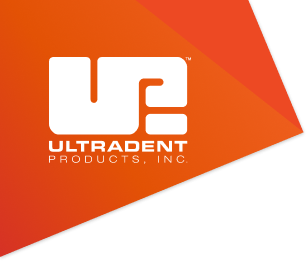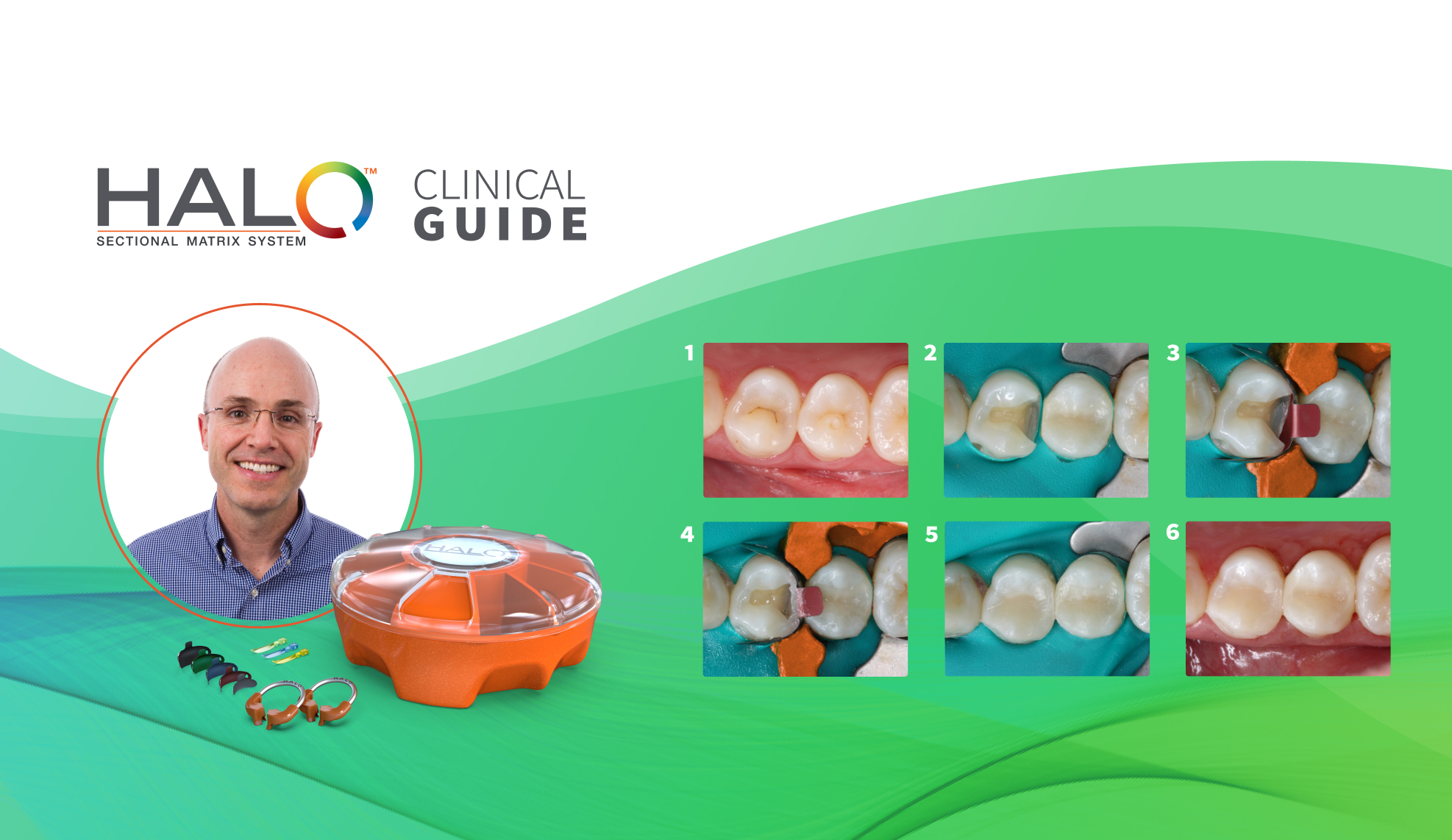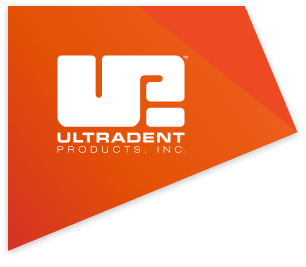By Daniel Lewis
Cases requiring a sectional matrix system are far from rare for most dentists—but the nearly unlimited number of contributing factors can make each case unique. The Halo™ sectional matrix system is equipped to handle a wide variety of situations, allowing clinicians to provide long-lasting restorations amid nearly any circumstance. “I have used many sectional matrix systems over the years and found some that work better than others. With the Halo matrix system, it has all come together,” says Dr. James Wright.
Dr. Wright gives credit to the specially formed contours of the matrices as well as the uniquely designed rings for the beautiful final restoration. “[The Halo system] limits the amount of clean up and the contacts are ideal,” he says.

Figure 1: Maxillary left first premolar with interproximal decay.
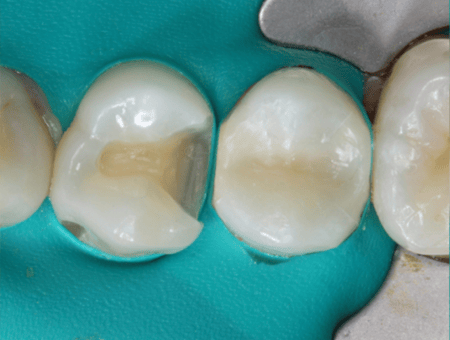
Figure 2: Tooth prepared and rubber dam isolation placed.
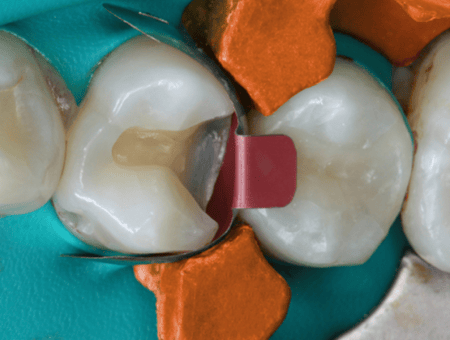
Figure 3: Halo™ 4.5 mm coated sectional matrix, small interproximal wedge, and Halo™ ring placed. Notice the tight marginal adaptation of the Halo matrix.
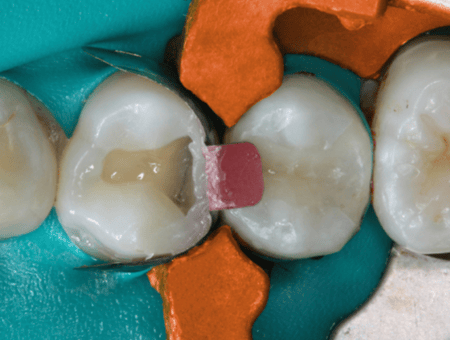
Figure 4: After using Ultra-Etch™ etchant and Peak™ Universal Bond adhesive, Mosaic™ universal composite shades A3 and EY were used to restore the tooth. The EY shade was placed to establish the interproximal wall to aid in a more aesthetic restoration.
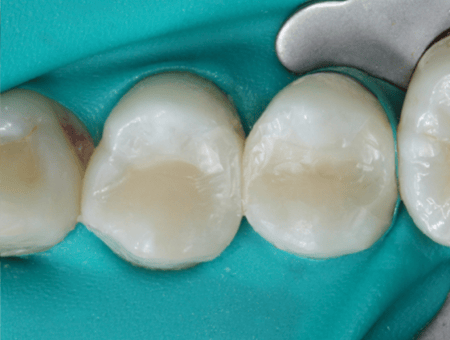
Figure 5: After placement of the Mosaic universal composite material, gross occlusal adjustment began.
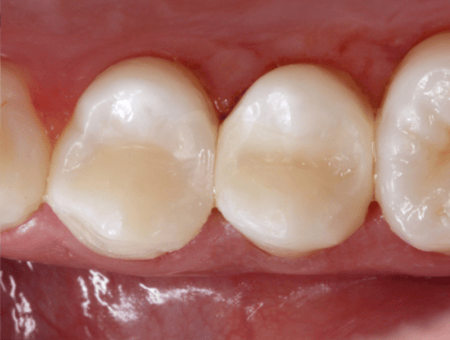
Figure 6: Final restoration after using Jiffy Original Composite finishing system. Note the ideal interproximal contact established by the Halo matrix system.
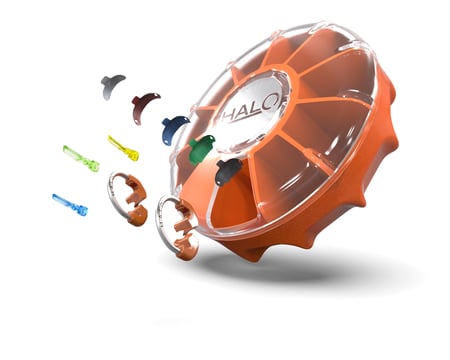
Halo sectional matrix system
About the Doctor

Dr. Wright studied dentistry at the Marquette University School of Dentistry. Today, he provides general family and cosmetic dentistry services at Eagle Gate Dental in Salt Lake City. He is passionate about oral health care, and he is committed to serving the surrounding community with exceptional care and treatment.

